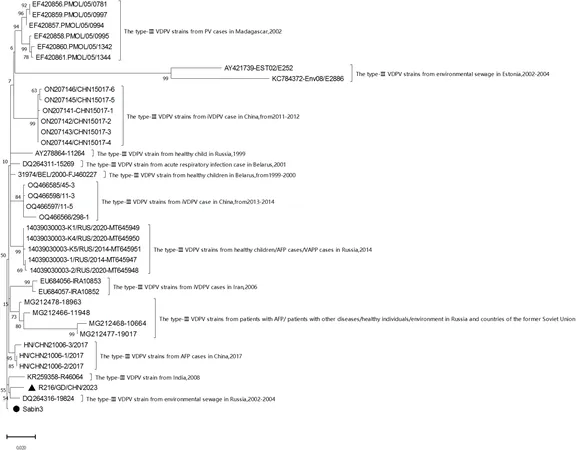
Groundbreaking Technique Uses Graphene for Real-Time Imaging of Biological Processes!
2024-11-14
Author: Mei
Groundbreaking Technique Uses Graphene for Real-Time Imaging of Biological Processes!
In a significant advancement in biomedical research, a team of scientists from Radboud University Medical Center and Biointerface Laboratory RWTH Aachen University Hospital has developed an innovative method utilizing graphene to observe complex biological processes in real-time. This cutting-edge technology allows researchers to track the movements of protein complexes with unprecedented detail and has already been showcased through its ability to visualize calcium deposits potentially leading to arterial and aortic valve calcification.
Liquid phase electron microscopy (LP-EM) has long been recognized for its capabilities in observing material formation in a liquid environment. By leveraging graphene as a window material, researchers can now utilize its atomic thickness and electron scavenging properties to enhance the imaging of biological systems. Traditionally, a major hurdle was that once the graphene liquid cells (GLCs) were sealed, the biological process began immediately, making it challenging to capture early stage developments.
To tackle this issue, the team introduced a revolutionary cryogenic/liquid phase correlative light/electron microscopy method. This powerful technique eliminates the delays that previously hindered the imaging of these processes. “Ten years ago, we identified the potential of liquid-phase electron microscopy for observing biological material in situ,” noted Nico Sommerdijk, professor of bone biochemistry at Radboud University. “However, we faced challenges due to radiation damage caused by the electron beam, which could destroy the very biological material we wanted to study.”
To counteract the radiation damage, the researchers innovated by applying a layer of graphene to protect the samples. Still, there remained a race against time as the biological processes could be finished before the imaging setup was complete. To improve upon this, they incorporated a non-reactive fluorescent dye during the preparation phase, enabling them to freeze the samples almost instantly in liquid ethane. This halts any biological activity and allows for effective visualization upon thawing.
The team has successfully demonstrated this method by observing a critical biological phenomenon that inhibits calcification in arteries. Luco Rutten, the PhD candidate leading the research, elaborated: “When there is an excess of calcium phosphate in the bloodstream, specific proteins bind to it, preventing precipitation. This process is vital as it allows the kidneys to clear excess calcium. However, under the microscope, we can see that these proteins can form small spheres with calcium phosphate that are temporary and breakable. However, if these spheres grow too large, they transform into calcified deposits that cannot be undone.”
This groundbreaking work not only sheds light on the underlying mechanisms of vascular calcification—a process that significantly contributes to serious health conditions like heart disease—but also opens avenues for developing targeted therapies. As Sommerdijk explained, “Without a true understanding of these calcification processes, effective medications remain elusive. Our new microscopy technique will enable us to further investigate arterial calcification's intricacies.”
With this pioneering method, researchers are optimistic about unearthing new knowledge that could lead to breakthroughs and drug developments aimed at combating calcification-related health issues in the future. The journey to fully explore the depths of biological processes as they unfold is just beginning, but with graphene in their toolkit, the possibilities are vast!




 Brasil (PT)
Brasil (PT)
 Canada (EN)
Canada (EN)
 Chile (ES)
Chile (ES)
 Česko (CS)
Česko (CS)
 대한민국 (KO)
대한민국 (KO)
 España (ES)
España (ES)
 France (FR)
France (FR)
 Hong Kong (EN)
Hong Kong (EN)
 Italia (IT)
Italia (IT)
 日本 (JA)
日本 (JA)
 Magyarország (HU)
Magyarország (HU)
 Norge (NO)
Norge (NO)
 Polska (PL)
Polska (PL)
 Schweiz (DE)
Schweiz (DE)
 Singapore (EN)
Singapore (EN)
 Sverige (SV)
Sverige (SV)
 Suomi (FI)
Suomi (FI)
 Türkiye (TR)
Türkiye (TR)
 الإمارات العربية المتحدة (AR)
الإمارات العربية المتحدة (AR)